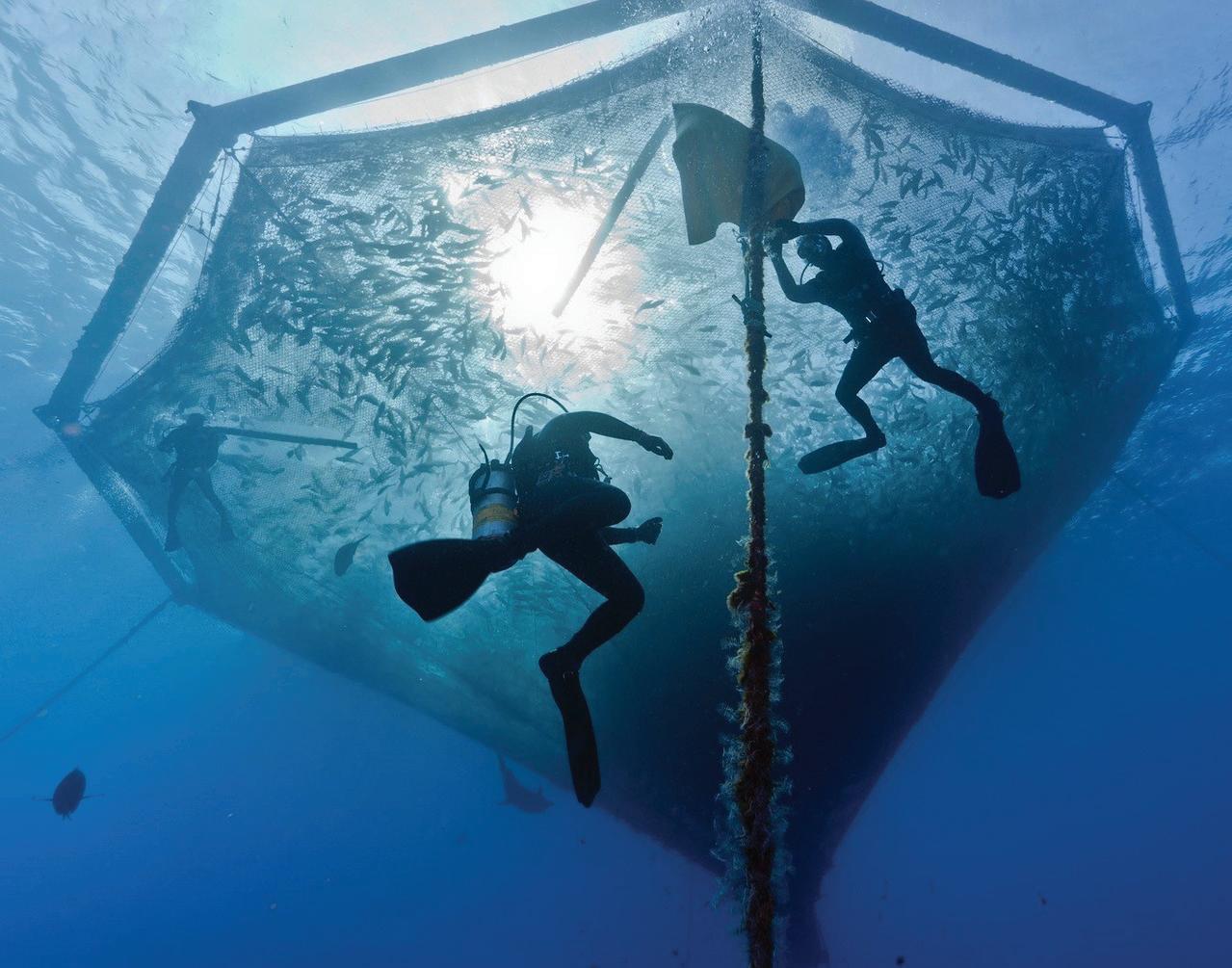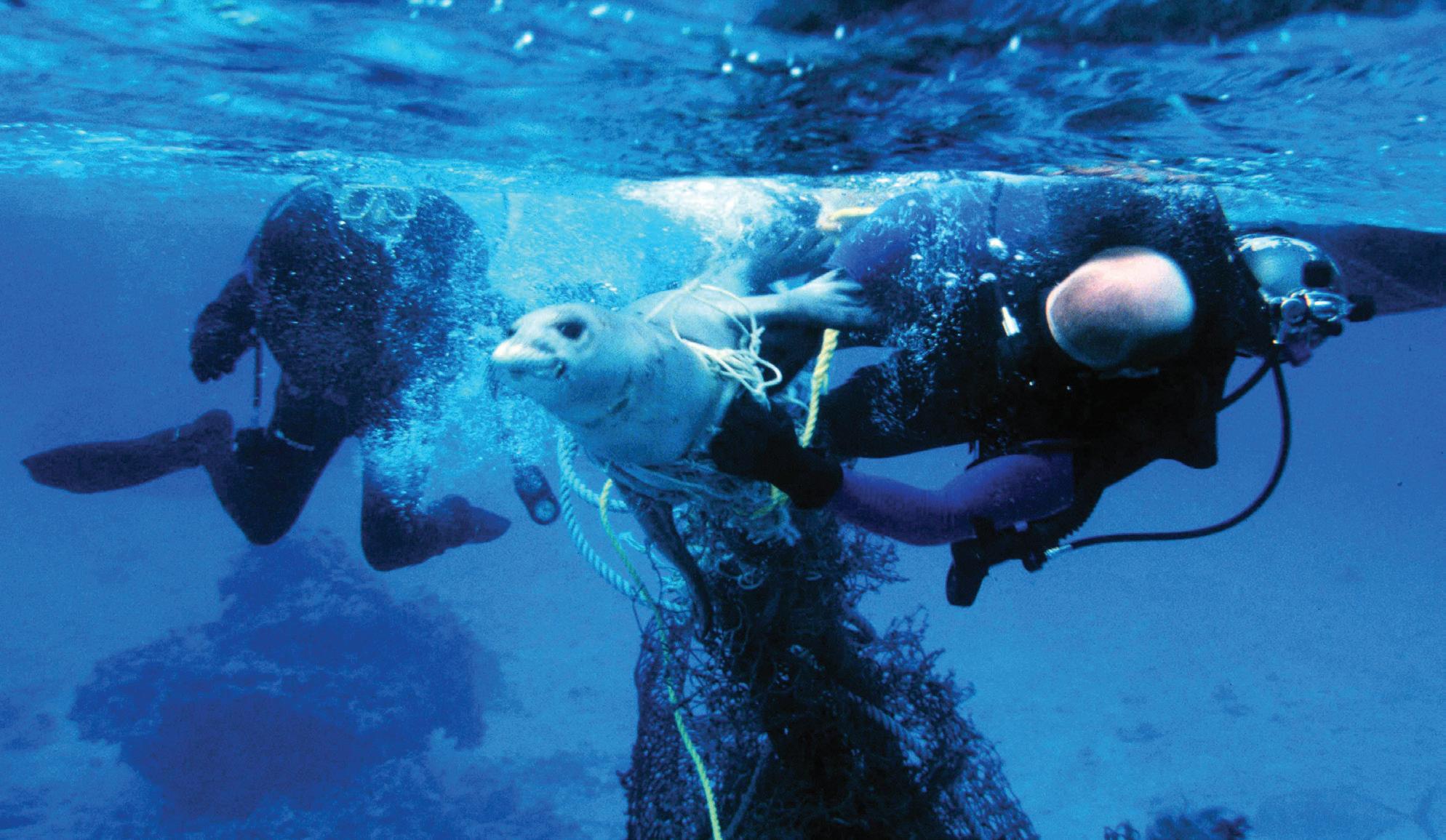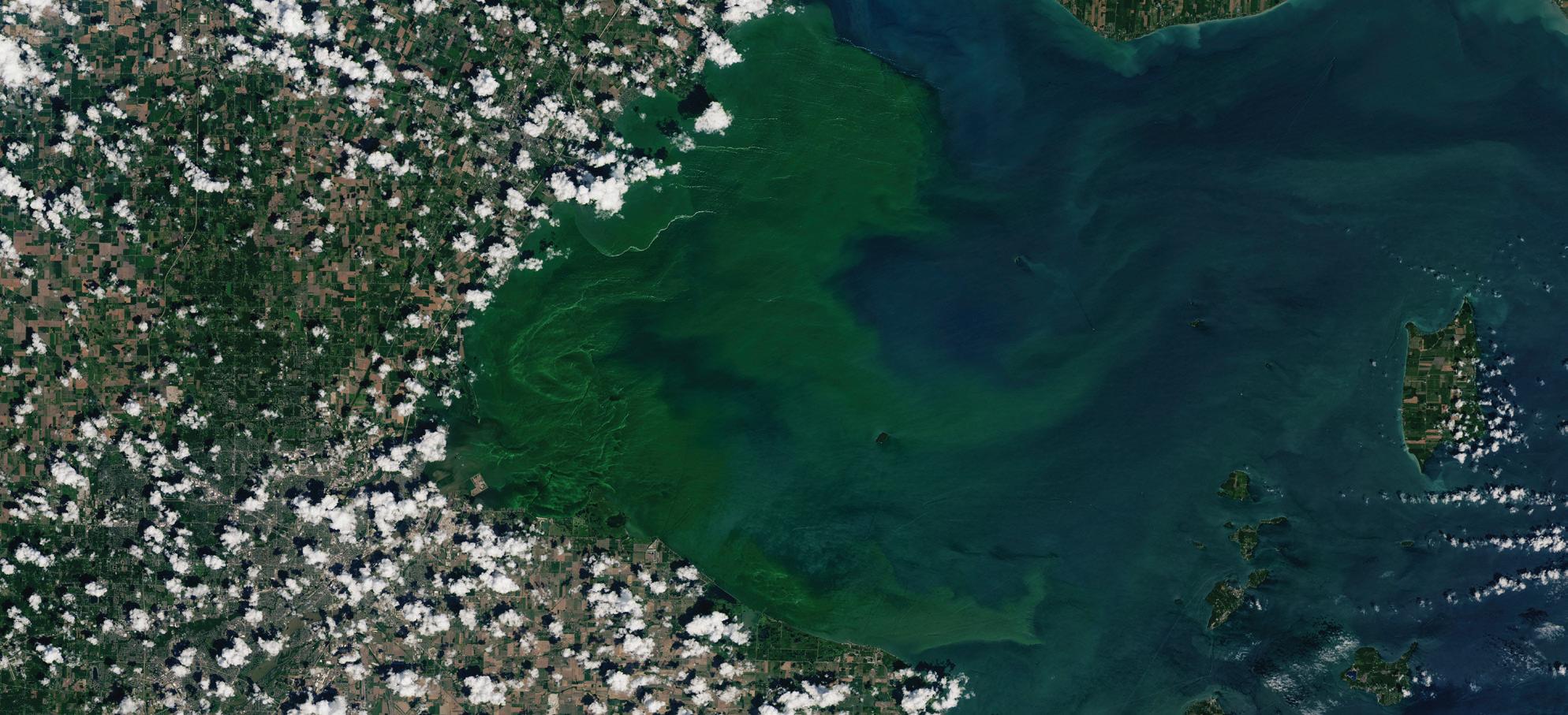NOAA TODAY
Harmful Algal Blooms NASA EARTH OBSERVATORY IMAGE BY JOSHUA STEVENS
NOAA tools for protecting people, food, and the environment By Craig Collins
An algal bloom in Lake Erie.
I
f you’re an outsider visiting one of Washington state’s intertidal beaches on a fine spring day, you might not know what you’re looking at: dozens or even hundreds of people clad in waders, tramping about in the surf, bent in intense study of the shallows – and occasionally plunging shovels or long steel tubes into the sand. These are clam diggers. The Pacific razor clam is a delicacy so prized by Washingtonians that in normal times up to a thousand
1945
people may crowd onto a single mile of beach, each seeking their daily bag limit of 15 clams. The clam stocks for recreational digging are managed carefully by the Washington Department of Fish and Wildlife (WDFW) – and one of the biggest challenges in managing them is the frequency of harmful algal blooms (HABs) along the Washington and Oregon coasts that produce the neurotoxin domoic acid, which can build up in filter-feeding shellfish to poisonous levels. Since the toxin was
first detected on the Pacific coast in the 1990s, the state’s razor clam seasons often have been disrupted by closures. In April of 2017, WDFW decided, for the first time ever, to increase the bag limit on razor clams. Over 11 days in April and May, the state’s largest managed beach, Long Beach, was visited 77,800 times. The unprecedented decision was informed by science: the NOAAfunded Pacific Northwest HAB Forecast and Monitoring System,
Coast and Geodetic Survey seismologists provide first fallout forecast for the Trinity nuclear explosion at Alamagordo, New Mexico, by monitoring air and ground vibrations. Coast Survey adapts “Gee” aerial bombardment electronic navigation system to hydrographic surveying, beginning the era of marine electronic navigation.
62









































